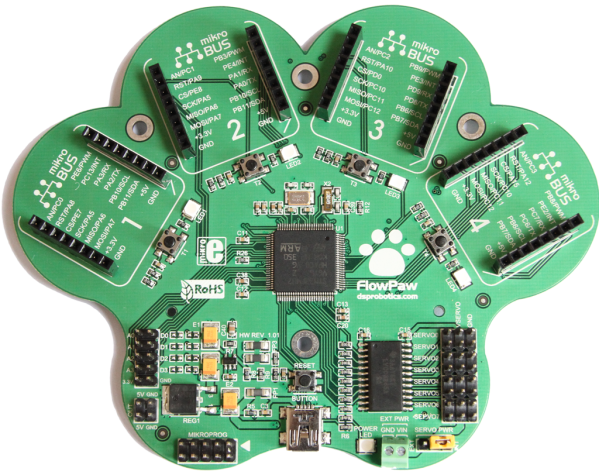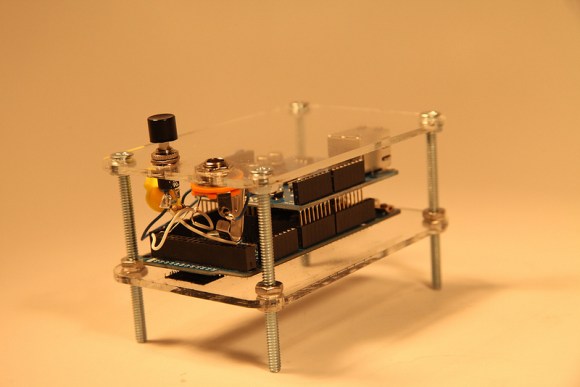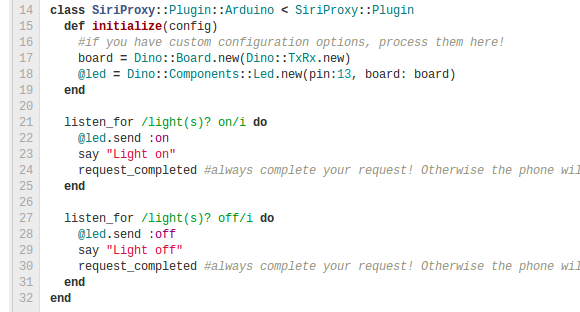[Akhil Stanislavose] wanted to spice up his window decorations for the holidays. Inspired by blinkenlights, he decided to make his front window interactive. The Blinken Window is a grid of 6 x 10 programmable LEDs running on a Raspberry Pi. Since a RasPi doesn’t have enough GPIO pins for 60 LEDs, [Akhil] built an expander board using 8 daisy chained standard CD4094 (74HC595 could also be used) shift registers to accommodate them.
[Akhil] designed a PCB to replace the expander board for future use. It is modular in nature so that many of them can be connected together to provide as many outputs as one needs, allowing any size window to become a Blinken Window. The PCBs are still being fabricated, but the Eagle files are available for download (zip file). Ruby was used to implement the API. You can find the project files on GitHub, which also features a simulator that you can run on your computer to see how an animation or game will end up looking on the window. In the demo video, [Akhil] demonstrates how you can use the Blinken Window to play a version of Pong using your smartphone as the controller. [Akhil] has also provided a few basic animation examples that can be expanded upon. We’d enjoy seeing an implementation of Tetris. There’s so many fun ways to turn regular windows into dynamic displays, we’re starting to look scornfully at our own lazy, air leaking windows.
See the Blinken Window in action after the break.
Continue reading “Use Ruby To Make Any Window A Blinken Window”






















